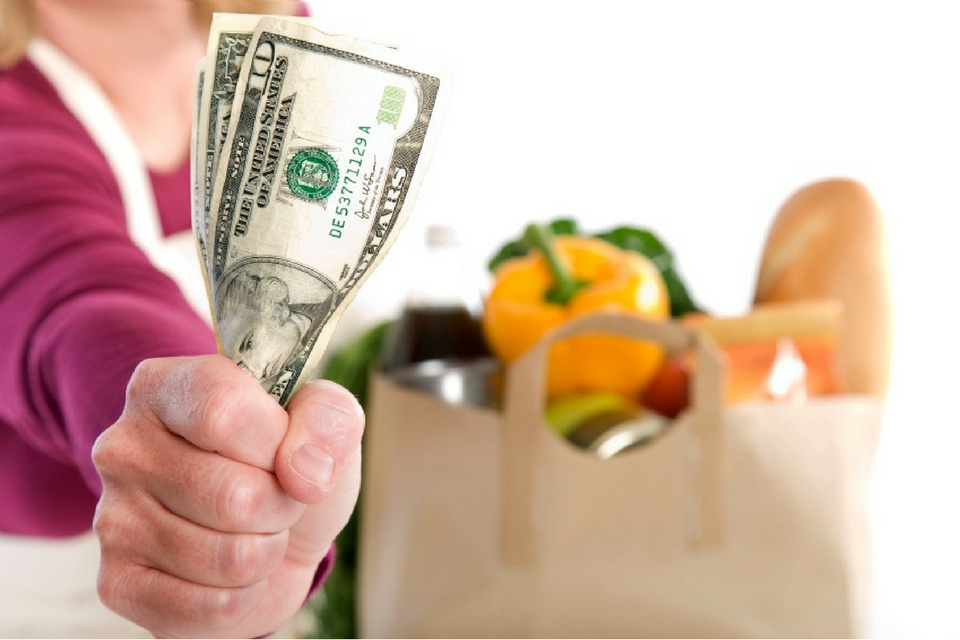Eating healthy is often perceived as expensive, but with some strategic planning and smart shopping, it’s possible to maintain a nutritious diet even on a tight budget. In this comprehensive guide, we’ll explore practical tips and strategies to help you eat healthy without breaking the bank. From budget-friendly recipes to savvy shopping tactics, we’ve got you covered.
Plan Your Meals
Meal Planning Basics
Creating a weekly meal plan can help you stay organized, reduce food waste, and avoid last-minute takeout or convenience foods. Start by identifying budget-friendly recipes and making a shopping list based on the ingredients you’ll need for the week ahead.
Batch Cooking
Batch cooking involves preparing large quantities of meals and freezing individual portions for later use. This approach saves time and money while ensuring you always have healthy meals on hand, even when you’re short on time.
Shop Smart
Stick to a List
Shopping with a list helps you avoid impulse purchases and stay focused on buying only what you need. Before heading to the store, review your meal plan and make a list of the ingredients you require.
Buy in Bulk
Buying staples like grains, legumes, and spices in bulk can save you money in the long run. Look for stores or online retailers that offer bulk discounts, and consider joining a wholesale club for additional savings.
Shop Seasonal Produce
Seasonal fruits and vegetables are often more affordable and fresher than out-of-season varieties. Visit farmers’ markets or local produce stands to find seasonal produce at competitive prices.
Opt for Budget-Friendly Ingredients
Beans and Legumes
Beans and legumes are inexpensive sources of protein, fiber, and essential nutrients. Stock up on dried beans, lentils, and chickpeas, which can be used in soups, stews, salads, and grain bowls.
Whole Grains
Whole grains like brown rice, quinoa, oats, and whole wheat pasta are nutrient-dense and budget-friendly. Look for store-brand options or buy in bulk to save money on these pantry staples.
Frozen Fruits and Vegetables
Frozen fruits and vegetables are convenient, affordable, and retain their nutritional value. Use them in smoothies, stir-fries, soups, and casseroles for a budget-friendly way to incorporate more produce into your diet.
Cook at Home
DIY Convenience Foods
Instead of buying pre-packaged convenience foods, make your own versions at home. Prepare homemade granola bars, trail mix, salad dressings, and sauces using budget-friendly ingredients.
Make One-Pot Meals
One-pot meals like soups, stews, and casseroles are not only economical but also simple to prepare and require minimal cleanup. Get creative with ingredients you have on hand to whip up delicious and nutritious meals without breaking the bank.
Minimize Food Waste
Use Leftovers Wisely
Repurpose leftovers into new meals to prevent them from going to waste. For example, turn roasted vegetables into a frittata, transform cooked grains into grain bowls, or use leftover chicken to make sandwiches or salads.
Practice FIFO
“FIFO” stands for “first in, first out” and is a method used to organize your pantry and fridge. When unpacking groceries, move older items to the front and place newer items behind them to ensure nothing expires before you use it.
Take Advantage of Discounts and Coupons
Couponing
Keep an eye out for coupons, discounts, and sales at your local grocery store or online retailers. Many stores offer digital coupons or loyalty programs that can help you save money on your grocery bill.
Shop Discount Stores
Discount stores, dollar stores, and outlet markets often offer lower prices on groceries and household items compared to traditional supermarkets. While selection may be limited, you can find bargains on staples like canned goods, spices, and pantry items.
Grow Your Own Food
Start a Garden
Growing your own fruits, vegetables, and herbs is not only rewarding but also cost-effective. Even if you have limited space, you can grow herbs, salad greens, and tomatoes in containers on a balcony or windowsill.
Community Gardens
If you don’t have space for a garden at home, consider joining a community garden in your area. Community gardens provide shared gardening space and resources, allowing you to grow your own produce at a fraction of the cost.
FAQs about Eating Healthy on a Tight Budget
Is it possible to eat healthy on a tight budget?
Yes, it’s entirely possible to eat healthy on a tight budget with some planning and creativity. By prioritizing nutrient-dense foods, shopping strategically, and cooking at home, you can maintain a nutritious diet without overspending.
How can I save money on groceries without sacrificing nutrition?
To save money on groceries without sacrificing nutrition, focus on buying whole, unprocessed foods like fruits, vegetables, grains, and legumes. Shop for seasonal produce, buy in bulk, and take advantage of discounts and coupons whenever possible.
Are frozen fruits and vegetables as nutritious as fresh ones?
Yes, frozen fruits and vegetables are just as nutritious as fresh ones, if not more so. They are typically picked and frozen at peak ripeness, preserving their nutritional content. Plus, they’re often more affordable and have a longer shelf life than fresh produce.
How can I make healthy eating more affordable for my family?
To make healthy eating more affordable for your family, involve everyone in meal planning and preparation, buy in bulk to save money, and prioritize budget-friendly ingredients like beans, whole grains, and frozen produce. Cooking at home and minimizing food waste can also help stretch your food budget.
Are there any government assistance programs that can help with food costs?
Yes, several government assistance programs are available to help individuals and families with food costs, including the Supplemental Nutrition Assistance Program (SNAP), the Special Supplemental Nutrition Program for Women, Infants, and Children (WIC), and the National School Lunch Program (NSLP). Eligibility requirements vary, so it’s essential to check with your local government or social services agency for more information.
How can I make healthy eating affordable while following a specific dietary plan, such as vegetarian or gluten-free?
To make healthy eating affordable while following a specific dietary plan, focus on whole, minimally processed foods that align with your dietary preferences and restrictions. Look for budget-friendly sources of protein, grains, and produce that fit within your chosen dietary framework, and experiment with affordable recipes and meal ideas.
What are some budget-friendly sources of protein for vegetarians and vegans?
Budget-friendly sources of protein for vegetarians and vegans include beans, lentils, chickpeas, tofu, tempeh, and seitan. These plant-based proteins are not only affordable but also versatile and nutritious, making them excellent staples for vegetarian and vegan diets.
Conclusion
Eating healthy on a tight budget is not only achievable but also empowering. By adopting practical strategies such as meal planning, smart shopping, cooking at home, and minimizing food waste, you can enjoy nutritious meals without overspending. Whether you’re a college student, a single parent, or anyone looking to stretch their food budget, these tips can help you prioritize your health and well-being without breaking the bank. With a little creativity and resourcefulness, eating healthy on a tight budget can become second nature, enriching your life in more ways than one.
- Profhilo Treatment Near Morden, Surrey - May 31, 2025
- Hyperromanticism And The Intensity Of Love In The Modern World - May 31, 2025
- Skincare And Dermatology Sector Financial Review And Market Dynamics UK - May 30, 2025

